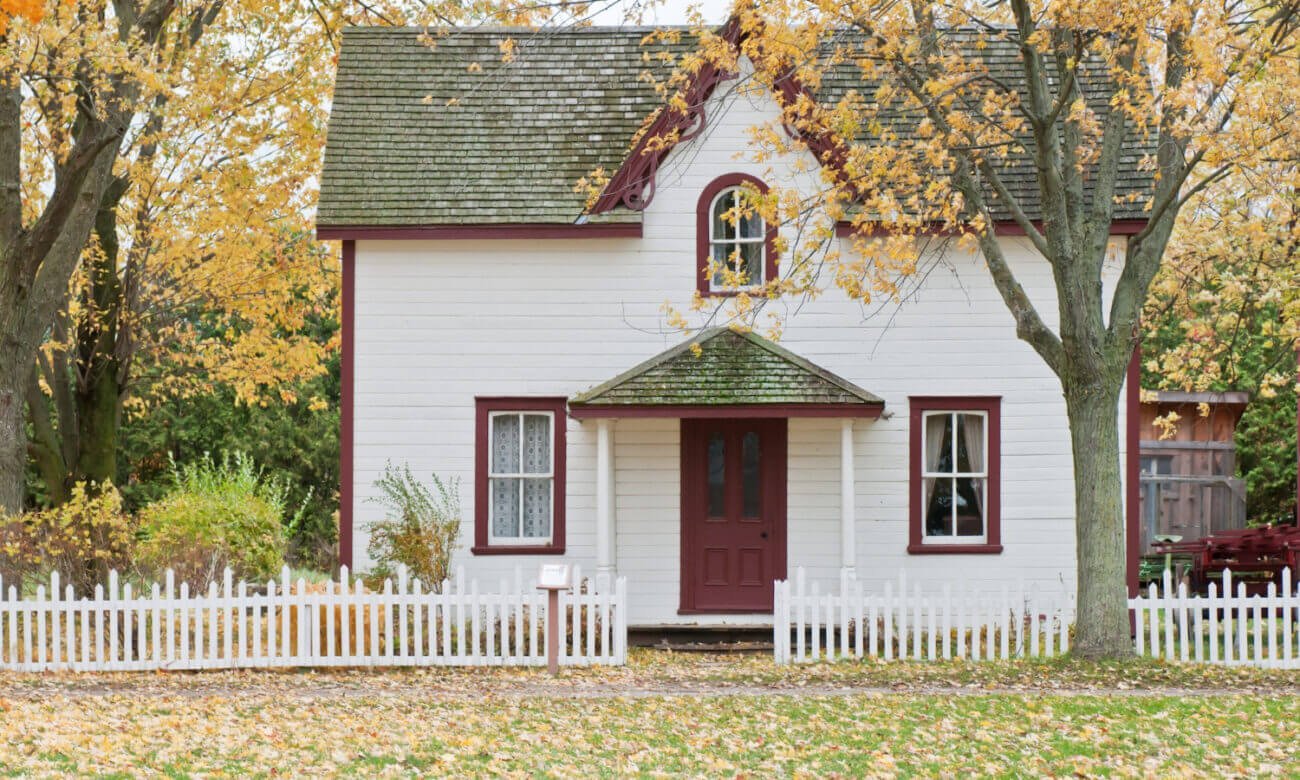“Potential buyers may not have the cash they require to pay for an asset like a second home in part or in full,” says Maxine Crawford, a mortgage broker with Premiere Mortgage Centre in Toronto. “They may have their money tied up in investments that they cannot or do not want to cash in. By using home equity, however, a buyer can leverage an existing asset in order to purchase in part or in full another significant asset, such as a cottage.”
What is home equity?
Home equity is the difference between the current value of your home and the balance on your mortgage. It refers to the portion of your home’s value that you actually own.
You can calculate the equity you have in your home by subtracting what you still owe on your mortgage from the property’s current market value. For example, if your home has an appraised value of $800,000 and you have $300,000 remaining on your mortgage, you have $500,000 in home equity. If you’ve already paid off your mortgage in full, then your home equity is equal to the current market value of the home.
How to use equity to buy a second home
To buy a second property using home equity, you borrow money from a lender against the equity—meaning you use the equity as leverage or collateral. There are a variety of ways a home owner can do this.
Mortgage refinance: When you refinance your mortgage, you replace your existing mortgage with a new one on different terms, either with your current lender or with a different one (when switching lenders, you may have to pay a prepayment fee, unless your mortgage was up for renewal). When refinancing, you can get a mortgage for up to 80% of your home’s value. Refinancing your mortgage allows you to access the capital needed to buy a second home.
Home Equity Line of Credit (HELOC): A HELOC works like a traditional line of credit, except your home is used as collateral. You can access up to 65% of your home’s value. Interest rates on HELOCs tend to be higher than those on mortgages. However, you only withdraw money when you need it, and you only pay interest on the amount you withdraw, unlike with a second mortgage or reverse mortgage.
Second mortgage: This is when you take out an additional loan on your property. Typically, you can access up to 80% of your home’s appraised value, minus the balance remaining on your first mortgage. Second mortgages can be harder to get, because if you default on your payments and your home is sold, the second mortgage provider only receives funds after the first mortgage lender has been repaid. To compensate for this added risk to the second lender, interest rates on second mortgages tend to be higher than for first mortgages.
Reverse mortgage: Only available to home owners who are 55 or older, a reverse mortgage allows you to borrow up to 55% of your home’s equity, depending on your age and the property’s value. Interest rates may be higher than with a traditional mortgage, and the loan must be paid back if you move or die. You don’t need to make any regular payments on a reverse mortgage, but interest continues to accrue until the loan is repaid.


